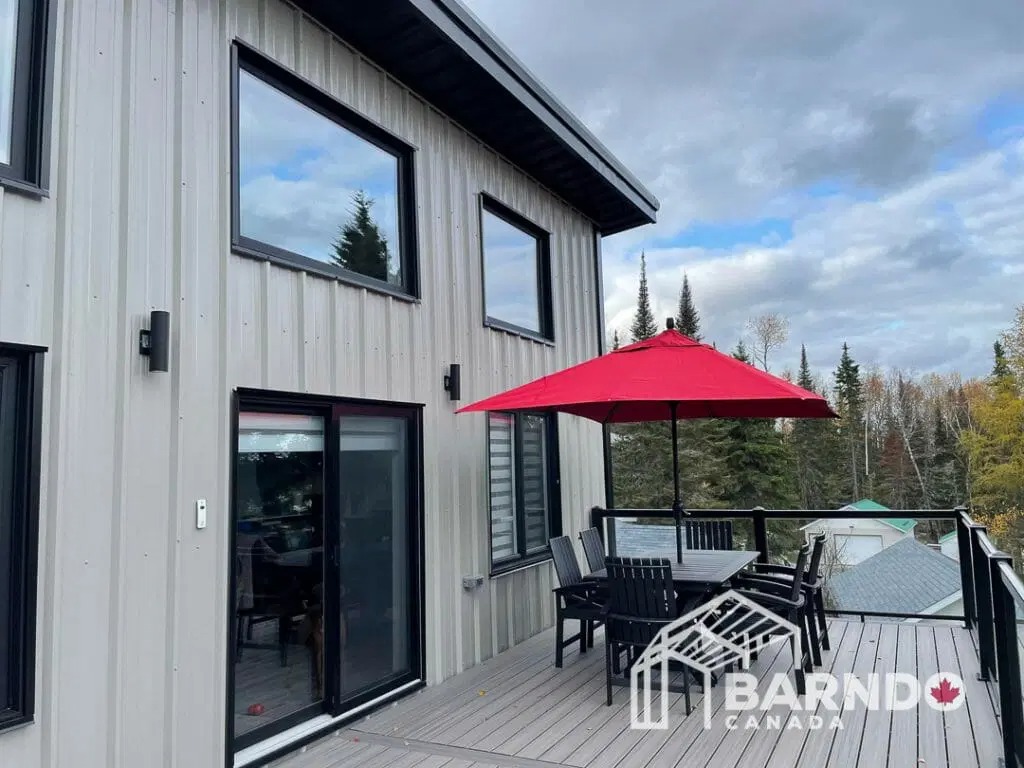What is a Laneway Home?
A laneway home is a compact, self-contained residence built on an existing property, usually in the backyard or adjacent to an alley. This innovative housing option maximizes urban space and provides an affordable solution for homeowners. As cities grow, laneway homes are becoming an attractive choice for those looking to add rental income or accommodate extended family members.
Benefits of a Laneway Home
Laneway homes offer multiple benefits, making them an excellent investment. They provide additional living space without compromising privacy. Homeowners can generate rental income while still living on the property. These homes also contribute to sustainable urban development by utilizing existing infrastructure.
Cost-Effective Living
Building a laneway home is more affordable than purchasing a separate property. Construction costs are lower due to the smaller size and existing land ownership. Homeowners can avoid high real estate prices while adding value to their property. This makes laneway homes a cost-effective housing solution in urban areas.
Sustainable Housing Option
Sustainability is a major advantage of a laneway home. These homes use fewer materials and require less energy for heating and cooling. Many designs incorporate eco-friendly features such as solar panels, energy-efficient windows, and rainwater collection systems. As a result, laneway homes contribute to a greener environment.
Increasing Property Value
A laneway home enhances the value of a property. Potential buyers see it as an additional source of income or a flexible living space. Homeowners who invest in a laneway home can expect a higher resale value. This makes it a financially smart decision for those looking to maximize their property’s worth.
Flexible Living Arrangements
Laneway homes provide flexible housing solutions. Families can use them for aging parents, young adults, or guests. The separate space allows for privacy while keeping loved ones close. Additionally, they serve as an ideal workspace for professionals who need a quiet office environment at home.
Designing a Laneway Home
Designing a laneway home requires careful planning. The layout must be efficient to maximize space. Open-concept designs, high ceilings, and multi-functional furniture help create a comfortable living environment. Large windows and skylights enhance natural light, making the space feel larger.
Zoning and Permit Requirements
Before building a laneway home, homeowners must check local zoning laws and obtain necessary permits. Regulations vary by city, and compliance is essential to avoid legal issues. Consulting with professionals ensures that the project meets all requirements and is completed smoothly.
Construction and Materials
The construction of a laneway home involves selecting durable and cost-effective materials. Prefabricated structures are a popular choice due to their quick assembly and lower costs. High-quality insulation and energy-efficient materials enhance comfort and reduce utility expenses.
Rental Income Opportunities
A laneway home provides an excellent opportunity for rental income. Many homeowners rent out these units to long-term tenants or short-term visitors. This additional income can help cover mortgage payments and property expenses. In high-demand urban areas, renting a laneway home can be highly profitable.
Affordable Housing Solution
With rising housing costs, laneway homes offer an affordable alternative. They provide independent living without the high price of a traditional home. Young professionals, students, and retirees can benefit from this cost-effective housing option. Cities promoting affordable housing often encourage laneway home development.
Community Impact
Laneway homes contribute to vibrant communities by increasing housing availability. They support population growth without expanding urban sprawl. These homes maintain neighborhood aesthetics while offering modern living solutions. Their integration into existing properties enhances the overall character of urban areas.
Maintenance and Longevity
Maintaining a laneway home is relatively easy due to its size. Regular inspections ensure the longevity of the structure. Using durable materials and proper insulation reduces maintenance costs. Homeowners should invest in quality construction to maximize the lifespan of their laneway home.
The Future of Laneway Homes
As urban populations grow, laneway homes will continue to gain popularity. Cities are adapting zoning laws to accommodate these housing options. Their affordability, sustainability, and flexibility make them an ideal solution for modern living. More homeowners are recognizing the potential of laneway homes in transforming urban housing.
Conclusion
A laneway home is a smart investment that offers affordability, sustainability, and flexibility. Whether used for rental income, extended family, or personal space, these homes provide an innovative housing solution. With careful planning and proper construction, a laneway home can enhance property value and improve urban living. for blog visit our site venobo.

Leave a Reply